The post 6 Ideas for Creative Funfair and Amusement Park Photography appeared first on Digital Photography School. It was authored by Charlie Moss.

When the nights draw in its time for funfair and amusement park photography. When a fair comes to town, it’s an opportunity to photograph something new and vibrant for your portfolio. The bright lights, constant movement, and enthusiastic crowds provide endless photographic opportunities throughout the evening.

My favorite time to photograph the funfair is during the blue hour – that hour or so before night truly falls. It creates an incredibly dramatic backdrop for the lights and colors that you’re going to photograph.
It’s a good idea to get on location an hour or more before the scheduled blue hour so that you can plan your route through the attractions, work out what looks interesting to shoot, and even start to plan some compositions.
But what about the actual process of taking the photos? How do you decide what to shoot and how you’re going to take the images?
Decide on your shutter speed
There’s a real risk when shooting funfair rides that they’re going to look static and very unimpressive. This usually happens because your shutter speed is too short, and so the action is frozen without any sense of movement.

Lengthening your shutter speed up to half a second or more can lend a real feeling of action and excitement to your funfair and amusement park photography. But don’t forget that you’ll want to ideally put your camera on a tripod so that the rest of your shot stays clear and in focus!
It’s my preference to use shutter priority mode for this kind of image. Each ride will be traveling at a different speed, so you’ll need to adjust as you move from shot to shot in order to get the most dynamic images.
Watch the crowds
The story doesn’t stop at the rides – it’s going on all around you! Take a step back from focussing on the thrill-seeking action to see what the people on the ground are doing.

Almost everyone at the funfair will make a great subject, and they’ll be bathed in gorgeous, atmospheric light from the rides and stalls. Take some time to watch the action and see where people naturally stop and do interesting things.
Look for great compositions and stand yourself in the perfect place to capture people enjoying their environment. Be ready to capture fleeting emotions and interesting behavior.
You might want to use a shallow depth of field to make your background less distracting. Getting everything in focus means there is more competing for your viewer’s attention.
Look for the unique angles
At any funfair you go to, there will be at least a dozen other photographers who are also looking for a great shot. You’re not in competition with them, of course, but it’s always nice to come home with a unique photograph.

Once you’ve got a ‘safe’ shot (you know, the kind of image you often see posted online after the funfair), challenge yourself to see the same scene from a unique angle.
Here are some ideas to get you thinking:
- Look up. See what the ride looks like when you frame it against the sky.
- Use the architecture of the town that you’re in.
- Shoot through something to get an interesting foreground effect.
- Go completely abstract.
- Experiment with leading lines.
Try an unexpected technique
The bright lights of the funfair provide an opportunity to try out techniques that you wouldn’t traditionally associate with this kind of photography. It’s a great time to experiment and see what works for an alternative take on funfair and amusement park photography.

The shot above was taken using ICM (intentional camera movement) techniques. A long exposure combined with moving the camera can create an abstract image with a painterly feel.
You could also perhaps try zoom bursts for a different kind of dynamic action. Or have a go at making custom bokeh shapes to convey different messages in your photographs. Never stop experimenting – you don’t have to show anyone the shots if they don’t work!
Convert to black and white
Funfairs are a fabulous riot of color, but sometimes that’s not what we want in our photography. If a shot just seems too intense and busy, it’s always worth seeing if a black and white conversion works.

When you’re deciding if a photograph is a good candidate for black and white conversion, there are a few things that you want to keep in mind. Your shot should have good contrast between light and dark areas so that the image doesn’t end up flat and lifeless.
Black and white images also often rely heavily on composition for their impact, so make sure that your subject is both interesting and well-placed in the frame.
Make sure that you experiment with different color temperatures during the black and white conversion too. The nature of the colorful and changeable lights at the funfair means that some ‘recipes’ for post-processing will work better than others.
Photograph the funfair during the day
The funfair doesn’t disappear during the day. Instead, it looks completely different. Taking your camera to the funfair during the day can open up a whole different set of possibilities to shoot.

Instead of photographing the movement and excitement of the rides, try to capture the time when the fair workers are setting up ready for the day. Look around at the colors too – they’re very different from the colors you see at night once the sun has gone down!
This would be a great time to think about approaching some of the attraction holders and asking if you can shoot their portraits. And if you do this during the day, they’ll remember you when you go back in the evening, perhaps even posing for you again during a quiet moment. (Remember to get their details so that you can send them the picture.)
Time to get out and shoot!
No matter your level of experience, there’s something for everyone when it comes to funfair and amusement park photography. If you’re a beginner photographer, then taking a tripod and shooting long exposures is a great way to try night and long exposure photography for the first time.
If you’re more experienced as a photographer, then a whole world opens up with candid shots, portraits, and experimenting with creative angles and techniques.
Have you done any funfair and amusement park photography recently? Show us your pictures in the comments!
The post 6 Ideas for Creative Funfair and Amusement Park Photography appeared first on Digital Photography School. It was authored by Charlie Moss.








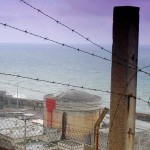
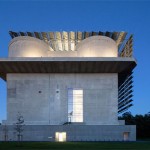




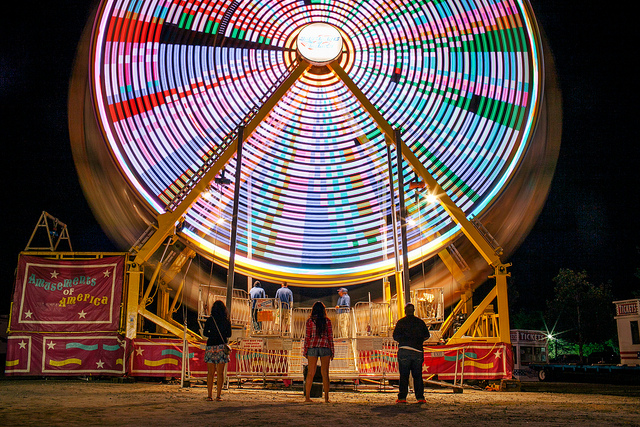
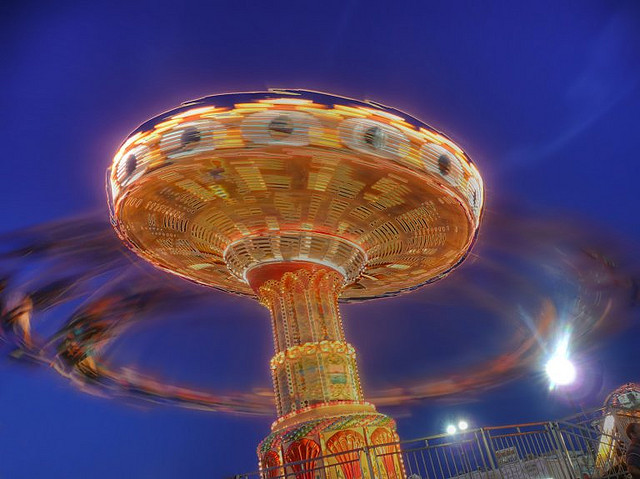
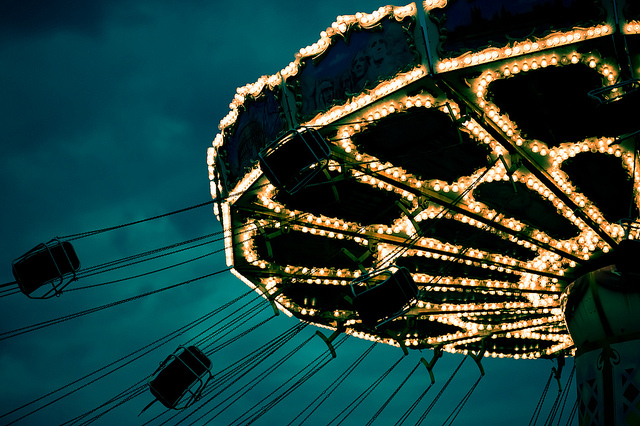

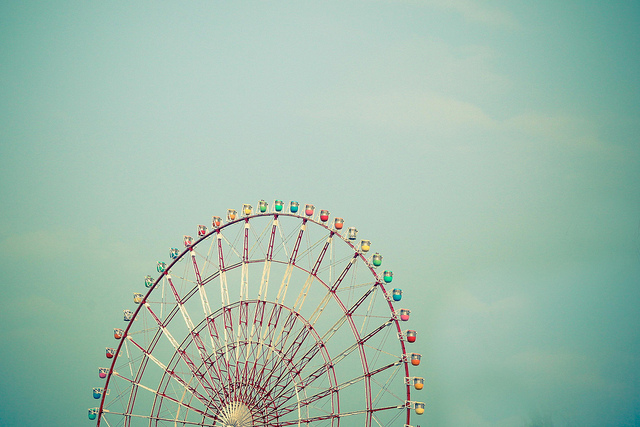
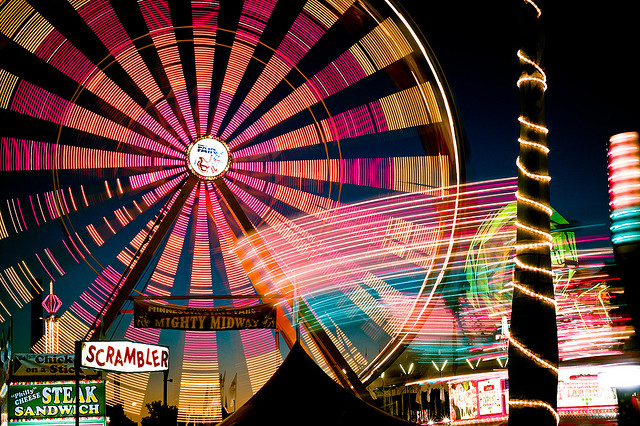
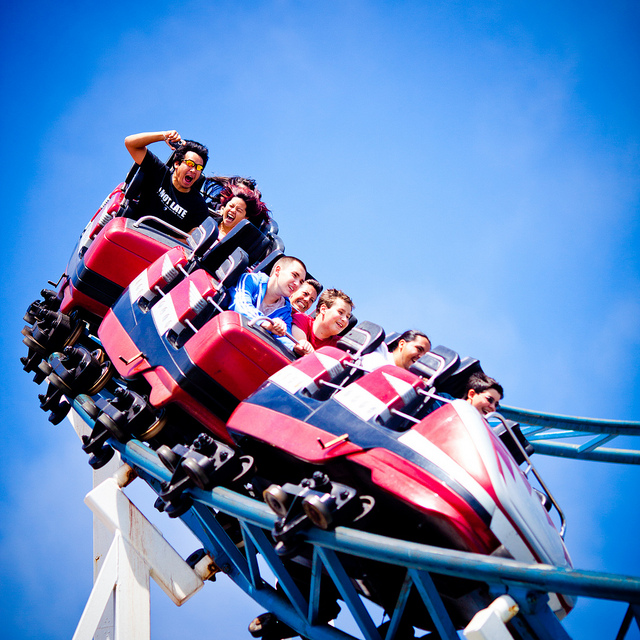
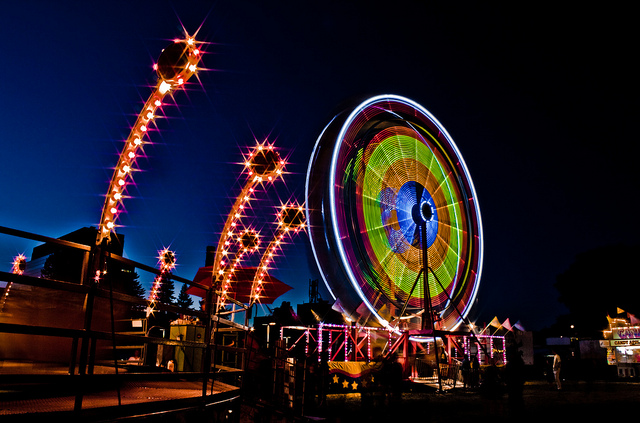
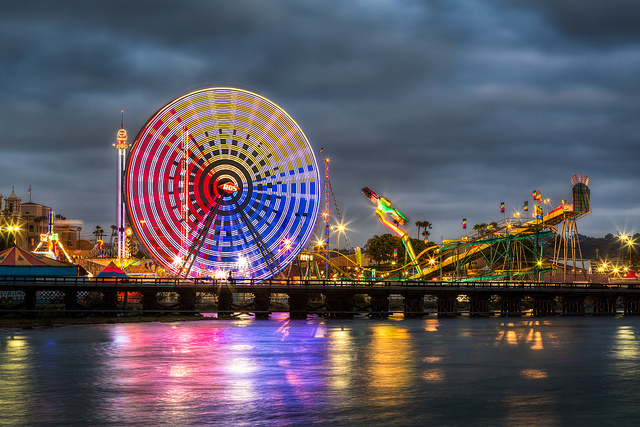
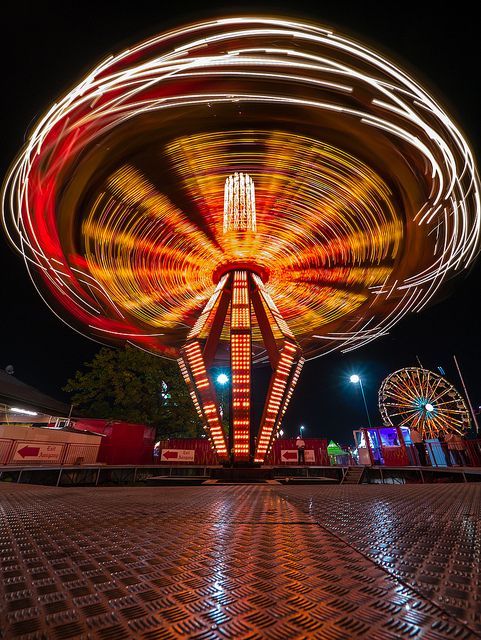
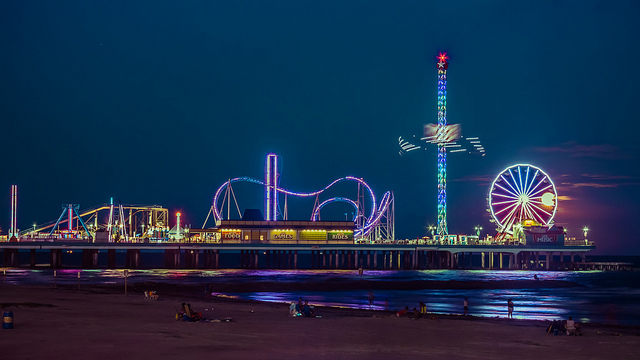

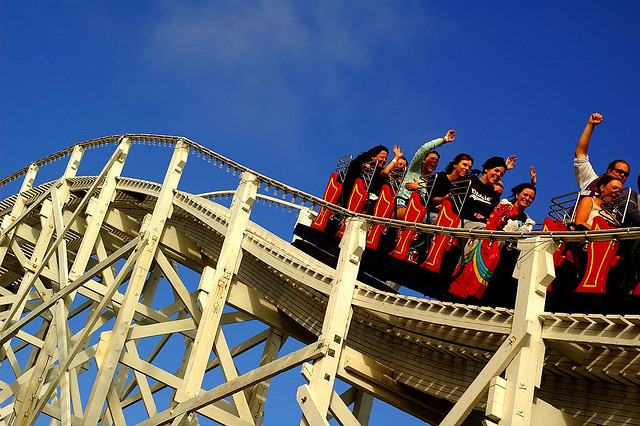
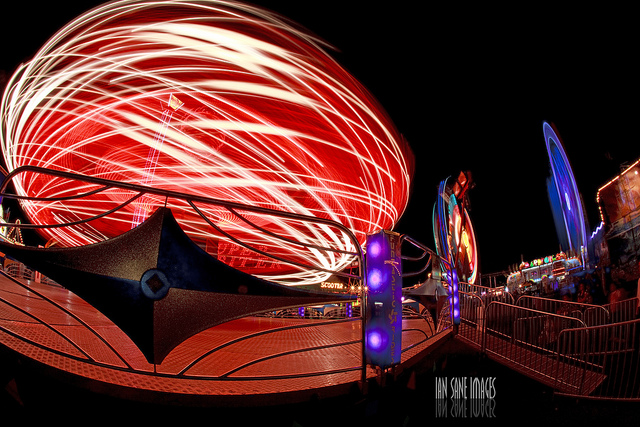
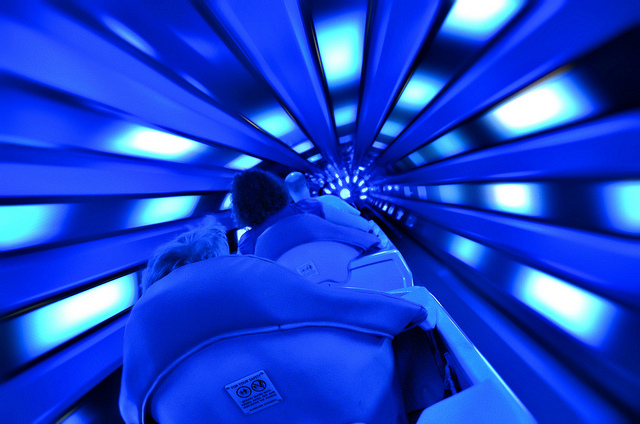
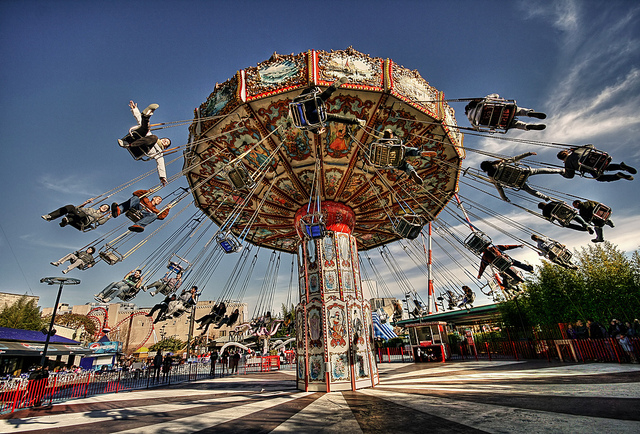
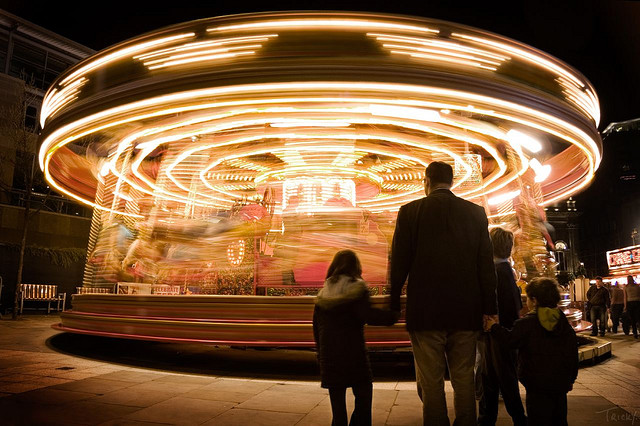
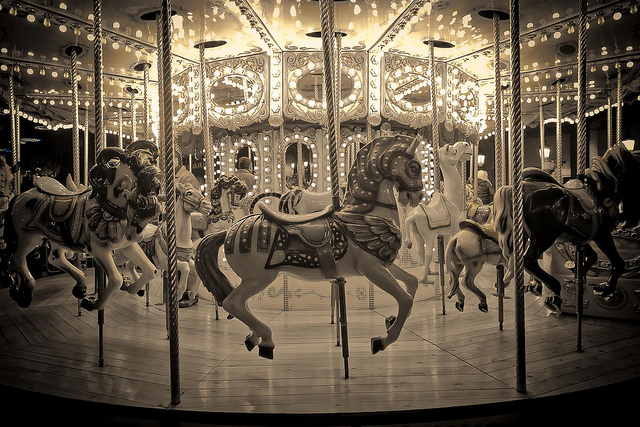
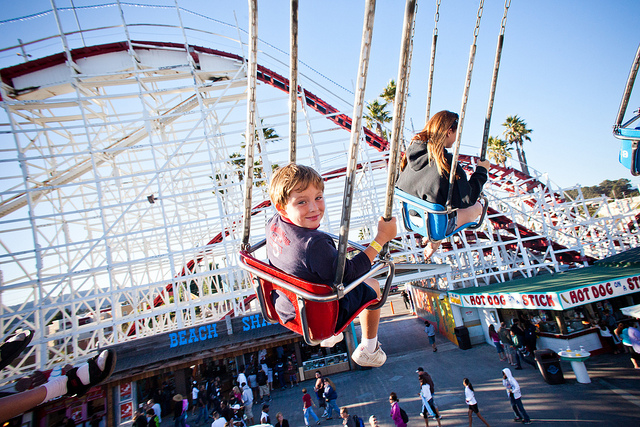
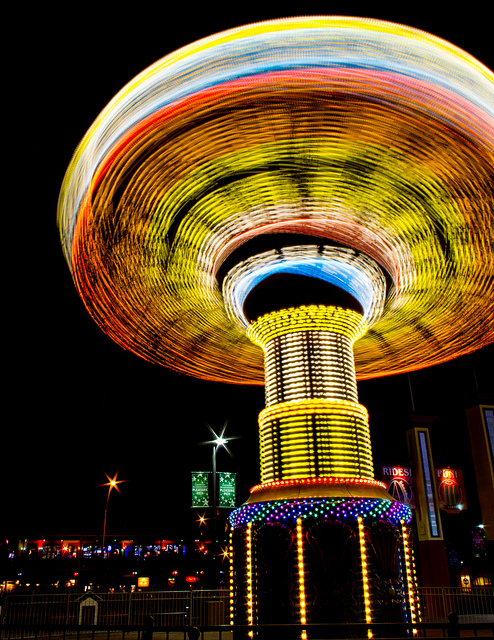
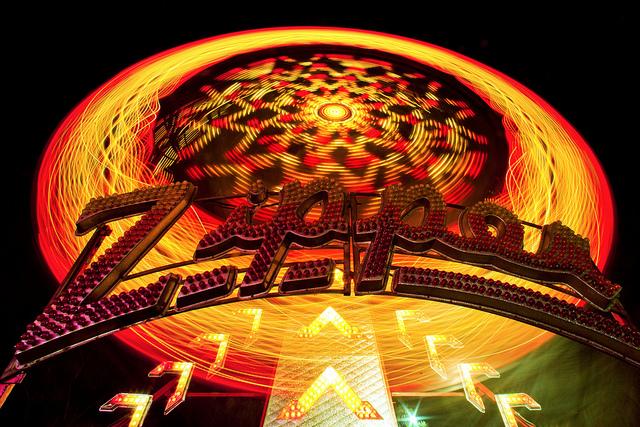


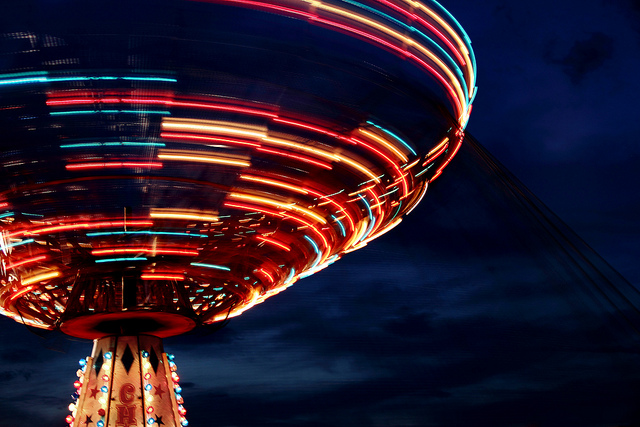
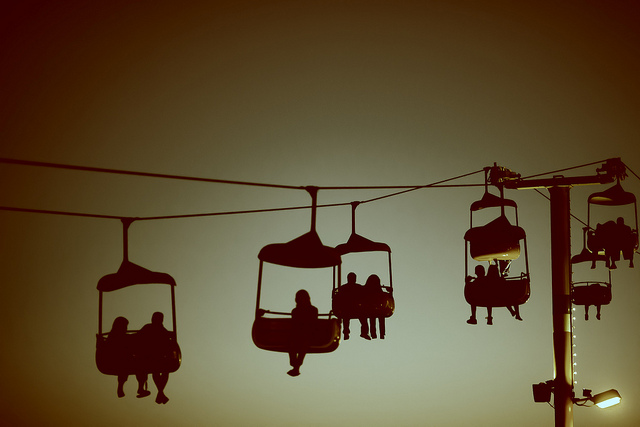
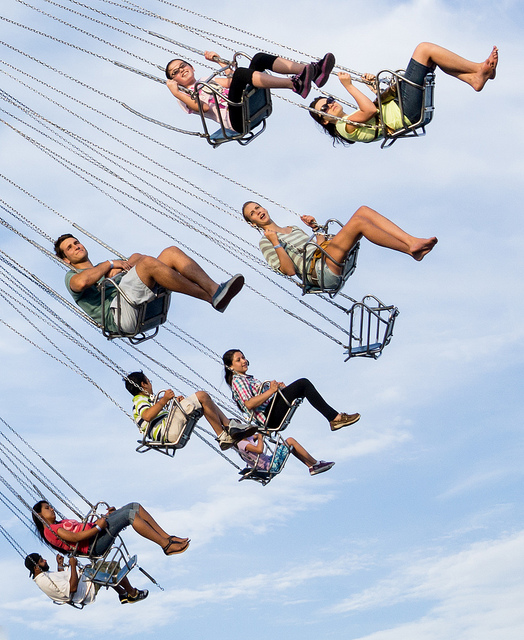


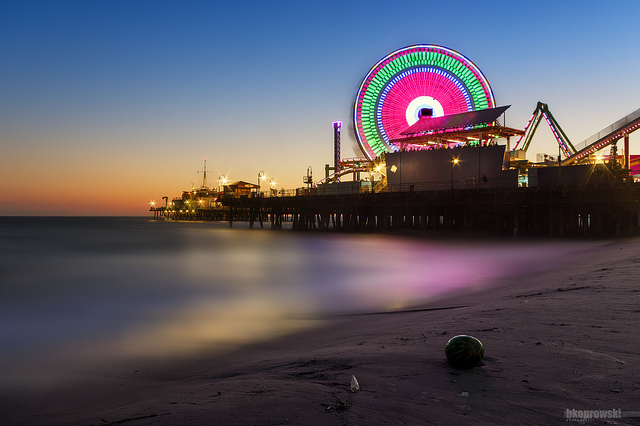









You must be logged in to post a comment.